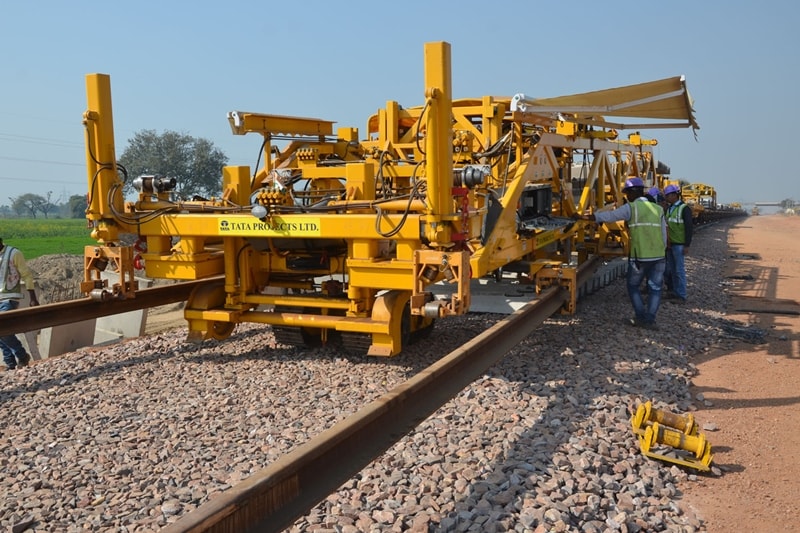
In a first of its kind attempt for India, Ministry of Railways is using automatic track laying machines on dedicated freight corridors! The Dedicated Freight Corridor Corporation of India (DFCCIL), is using a new construction machine that lays tracks to expedite work on freight corridors. DFCCIL seems to have ushered in a technological revolution of sorts, be it the mechanised laying of tracks or use of drones for project monitoring. It aims to lay around 6,000 km of tracks using these new machines. We take a look at how Railways is using innovative ways, such as automatic track laying, to speed up work on freight corridors. (Image by DFCCIL) 
The New Construction Machine, also called the NTC machine are able to lay 1.5 km of tracks per day in continuous operation, improving productivity, safety, efficiency, and quality. (Image by DFCCIL) -
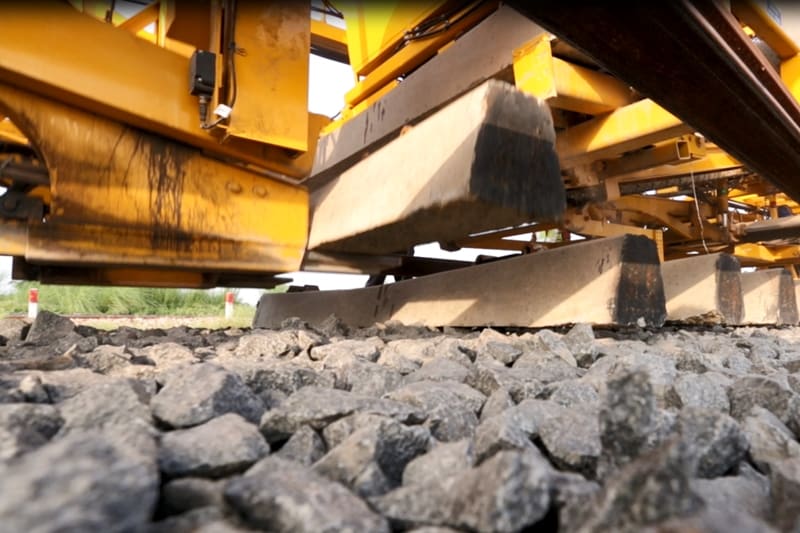
The NTC is able to lay 10 'concrete sleepers' per minute with precise sleeper spacing and squareness. This is the most efficient and effective means to lay new track, it claims. (Image by DFCCIL)
-

In the Eastern Dedicated Freight Corridor-1 project, the contractor TATA-ALDESA JV is deploying three NTC machines stationed at Bhadan, Maitha and Daudkhan. Similarly, on the Western DFC, tracks are being laid with the NTC Machine at Bhagega. (Image by DFCCIL)
-
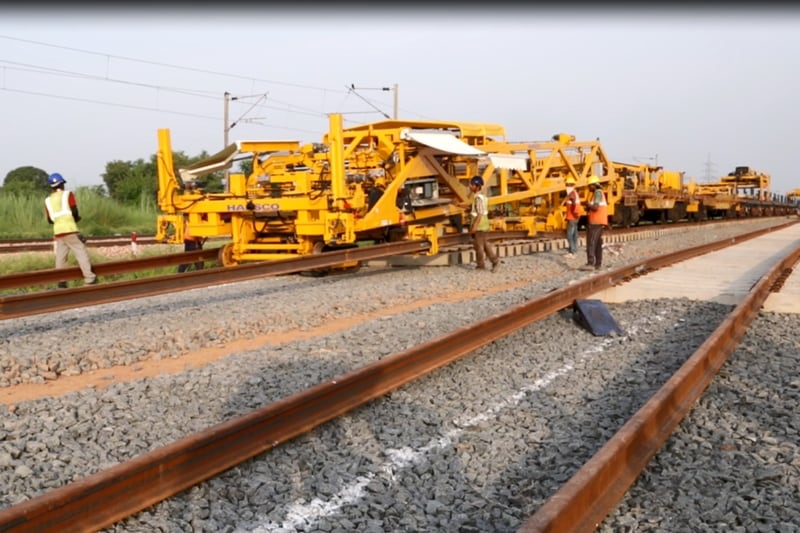
The operation of these NTC machines requires elaborate logistics arrangement of material trains, crawler engine in front and tamping machines in rear.(Image by DFCCIL)
-
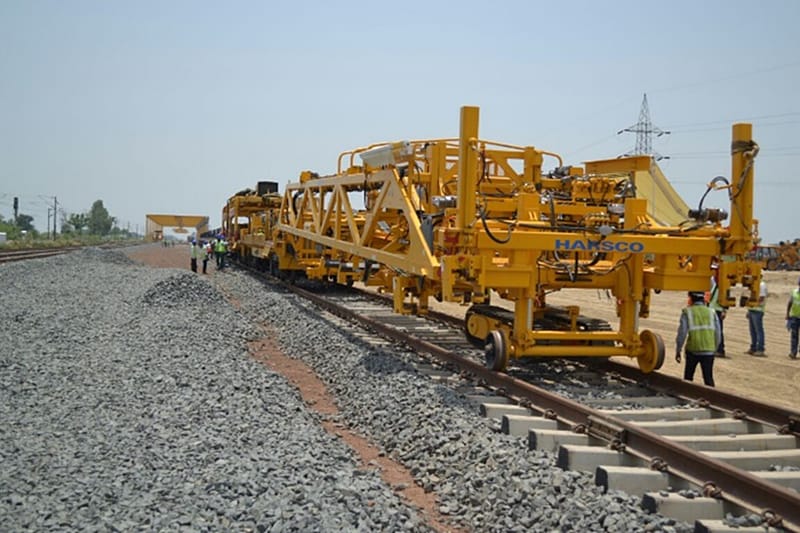
By using the new track construction machines, we are able to lay 1.5 km of tracks per day as compared to 100 m per day when done manually, Adesh Sharma, MD of DFCCIL told FE last month. (Image by DFCCIL)
-
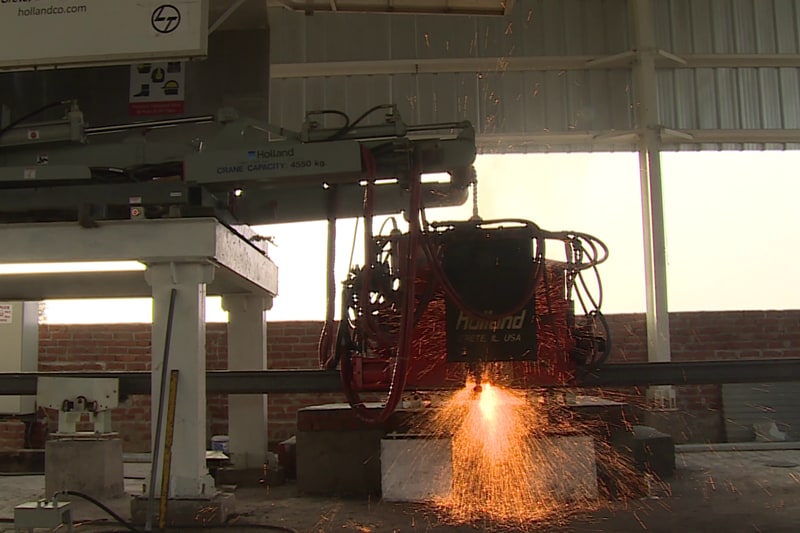
For welding the new rails, a new and advanced machine is being used, called the Flash Butt welding machine. According to DFCCIL, the machine welds the ends of the two rails perfectly resulting in better finished welds and helps save time. (Image by DFCCIL)
-
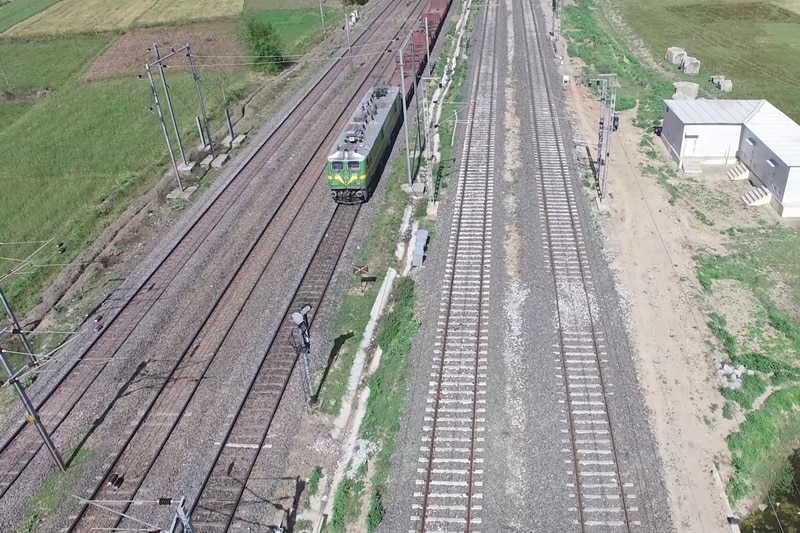
DFC is also using drones to monitor the progress of projects DFC has started using, on a pilot basis, drones to monitor physical work. "To date, we have employed drones to monitor work on around 56 km on the Eastern corridor and around 42 km on the Western corridor. The results are very positive; it saves us a lot of resources and key officials in different regions get to monitor the progress together," says Adesh Sharma. (Aerial shot taken by a drone. Image by DFCCIL) – Text inputs from FE Bureau

WhatsApp update 2025: Top 5 WhatsApp features you didn’t realise exist and why they are important






